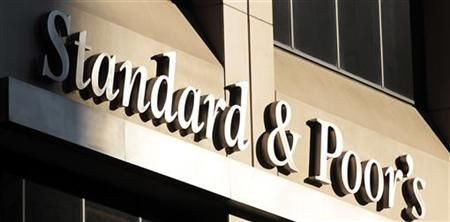Standard & Poor?s Assesses Impact of Ratings Downgrade

Standard & Poor's published a report today in an attempt to answer questions on how its ratings downgrade of America's debt is affecting bond spreads, issuance volume, and the corporate default rate.
Following the downgrade of the United States of America to 'AA+', Standard & Poor's Global Fixed Income Research published an article entitled "Frequently Asked Questions: Assessing The Impact Of The U.S. Downgrade On Corporate Funding" in which analysts address how the rating action on America could affect these measures by providing a snapshot of credit market conditions immediately prior to and following the downgrade.
Standard & Poor's Ratings Services placed its long- and short-term sovereign credit ratings on the U.S. on CreditWatch with negative implications on July 14. "Since then, credit spreads for both investment-grade and speculative-grade companies have risen sharply, by 17 percent and 29 percent, respectively," the head of Standard & Poor's Global Fixed Income Research, Diane Vazza, said.
On Aug. 5, Standard & Poor's lowered its long-term rating on the U.S. to 'AA+'. In the days that followed, the investment-grade spread increased from 176 basis points to 199 basis points on Aug. 11, Vazza said. The spread surpassed its one-year moving average of 179 basis points and its level of 177 basis points, where it began the year. Meanwhile, the speculative-grade spread expanded to 708 basis points on Aug. 11 from 609 basis points on Aug. 5, she said.
Speculative-grade issuance volumes have plummeted since July 14. In the first 10 days of August, companies did not issue any speculative-grade bonds that were rated by Standard & Poor's. "We do not believe the downgrade itself is likely to drive up the default rate," Vazza said. "However, an increase in the default rate could result from a sustained deterioration of market fundamentals and stalled economic growth in the U.S."
S&P said overall market conditions have deteriorated over the past month, but the default rate is a lagging indicator, which means it usually rises following sustained periods of economic weakness. The impact of the current market stress may not lead to an appreciable increase in the default rate until after S&P's current forecast horizon, the rating agency said.
© Copyright IBTimes 2024. All rights reserved.





















